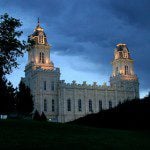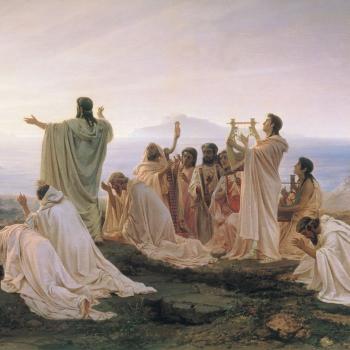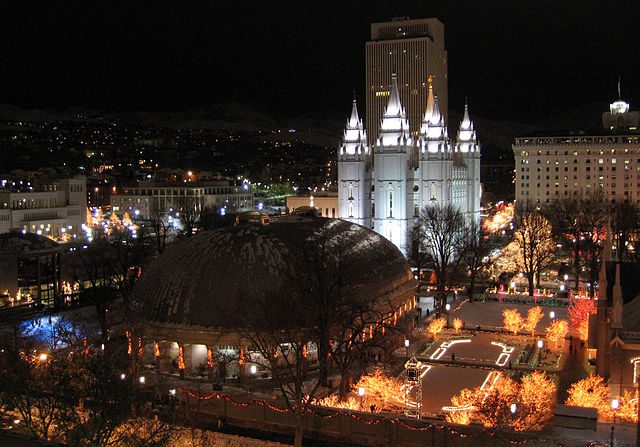
In case you haven’t seen or read it yet: “The First Presidency’s 2023 Christmas Message.” And please note that the annual annual First Presidency Christmas devotional broadcast is scheduled for a week from today, on Sunday, 3 December 2023. And then, of course, there’s this: “Temple Square Offering Christmas Experiences for 2023 Season: Lights turn on and most activities begin Friday, November 24”

I presume that this will be available on KBYU-FM as well, although I’m not certain of that. Unfortunately, I probably won’t be able to listen live. But his is a very important voice, and I expect that what he has to say will be well worth hearing: Forum: W. Bradford Wilcox (Tuesday, 28 November, 11:05 AM, Marriott Center, BYU campus).
As Christmas approaches, uncountable stage and film versions of the Dickens classic A Christmas Carol will abound from coast to coast. Here is some interesting (and little known) background for the Dickens story, provided by one Jeff Peterson: “Telling ghost stories is a lost tradition on Christmas Eve” And you might enjoy this as well, written by yours truly with the late and much lamented Bill Hamblin: “Charles Dickens and the invention of Christmas”
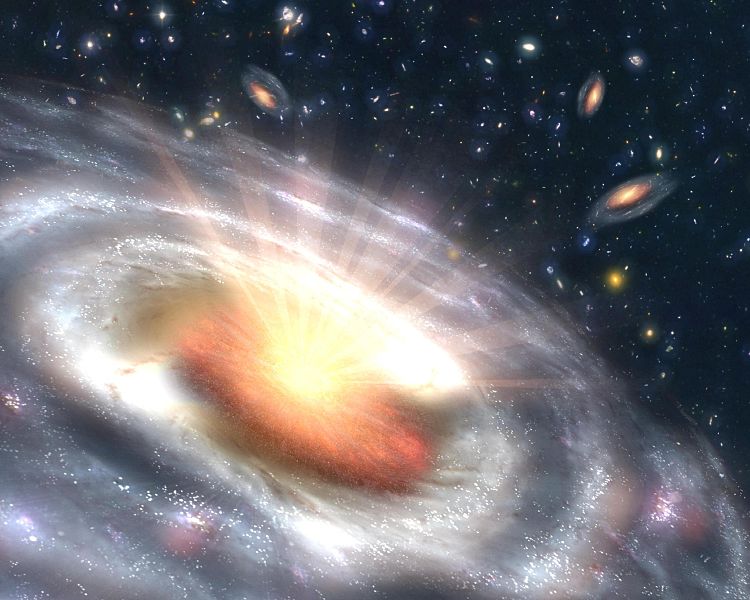
Allan Sandage discovered the first quasar, calculated the value of Hubble’s constant, and made the first plausible determination of the age of the universe. He also lived just a few blocks from the house in which I grew up — something that I learned only a few weeks before he died. How I wish that I had known! In his last decade or two, he was very public about his Christianity, and how his science had impelled him toward belief.
I would like to share a couple of passages that struck me (and that I marked) during my reading, a while ago, of Michael Guillen, Believing is Seeing: A Physicist Explains How Science Shattered His Atheism and Revealed the Necessity of Faith (Carol Stream, IL: Tyndale Refresh, 2021). Dr. Guillen, who grew up in East Los Angeles (not too terribly far from where I myself was raised, although he’s a few years younger) before studying mathematics, physics, and astronomy at UCLA and Cornell, taught physics for eight years at Harvard University before becoming the chief science editor for ABC News:
[A]s a scientist, I’m used to taking seriously far-out sounding claims. You might say it’s the bread and butter of modern science.
Quasars, for example. They’re one of the great mysteries of the far-flung cosmos.
We believe them to be unusually bright galaxies centered on super-massive, killer black holes. But they’re extremely far away, so our telescopes can’t actually see them [which may no longer be true, given the Hubble Space Telescope]; so everything we claim to know about them is based on extravagant inferences made solely from the light they give off, which isn’t much to go on.
Not surprising, then, our beliefs about quasars are riddled with uncertainties. Case in point: The most distant quasar ever discovered, ULAS J1342+0928, is supposedly eight hundred million times more massive than the sun and located 77,000,000,000,000,000,000,000 miles away, at the very edge of the reachable universe. But there’s a major problem with that widespread belief: The quasar’s allegedly enormous size doesn’t square with our standard model of cosmology — our best theory about the universe.
All that said, no serious-minded astronomer doubts that quasars exist or that, far-fetched as it sounds, quasars are what we say they are: unimaginably bright galaxies being systematically gobbled up by massive black holes. (175-176)
Dr. Guillen mentions quasars and the uncertain speculations about them in order to lessen the contrast between the certainty that some naïvely imagine to be always delivered by science and what some insist are the merely whimsical, arbitrary, and evidence-free deliveries of religious belief. Because he then goes on to quote the late E. P. Sanders (1937-2022), an eminent New Testament scholar who was associated with Duke University for many years:
There are no substantial doubts about the general course of Jesus’ life: when and where he lived, approximately when and where he died, and the sort of thing that he did during his public activity. . . .
We may add here a short list of equally secure facts about the aftermath of Jesus’ life: “his disciples at first fled; they saw him (in what sense is not certain) after his death.” . . .
We know that after his death his followers experienced what they described as the “resurrection”: the appearance of a living but transformed person who had actually died. They believed this, they lived it, and they died for it. (cited on page 176, from E. P. Sanders, The Historical Figure of Jesus [New York: Penguin Books, 1995], 10-11, 280)
Of course, Professor Sanders was summarizing the scholarly consensus, beyond which believers are well within their rights to go. It turns out that there is a lot that we can know with great confidence about the historical Jesus that goes beyond simple arbitrary speculation — and a lot that we don’t know about quasars.
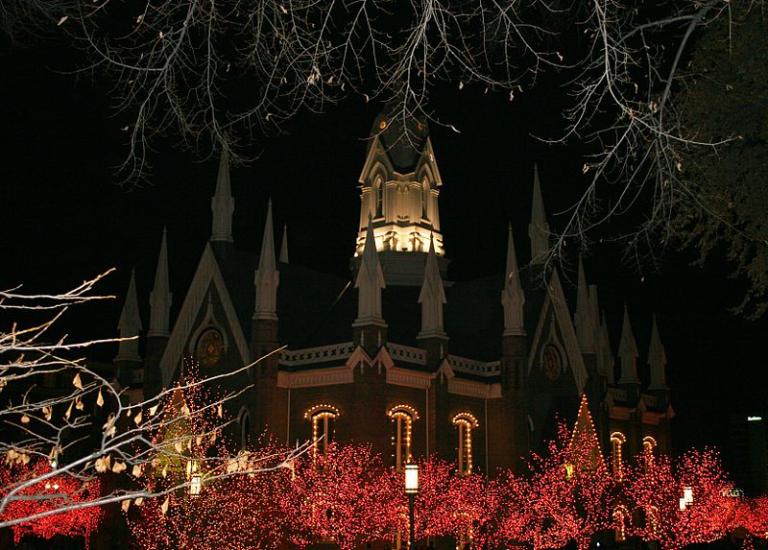
(Wikimedia CC; click to enlarge)
And finally, to bring today’s festivities to a close, here is a chilling quintet of appropriately awful stories from the Christopher Hitchens Memorial “How Religion Poisons Everything” File™:
“Church Donation Provides 525,000 Meals in Nova Scotia”
“How ‘My Hometown’ Is Bringing Communities Together in Utah”





